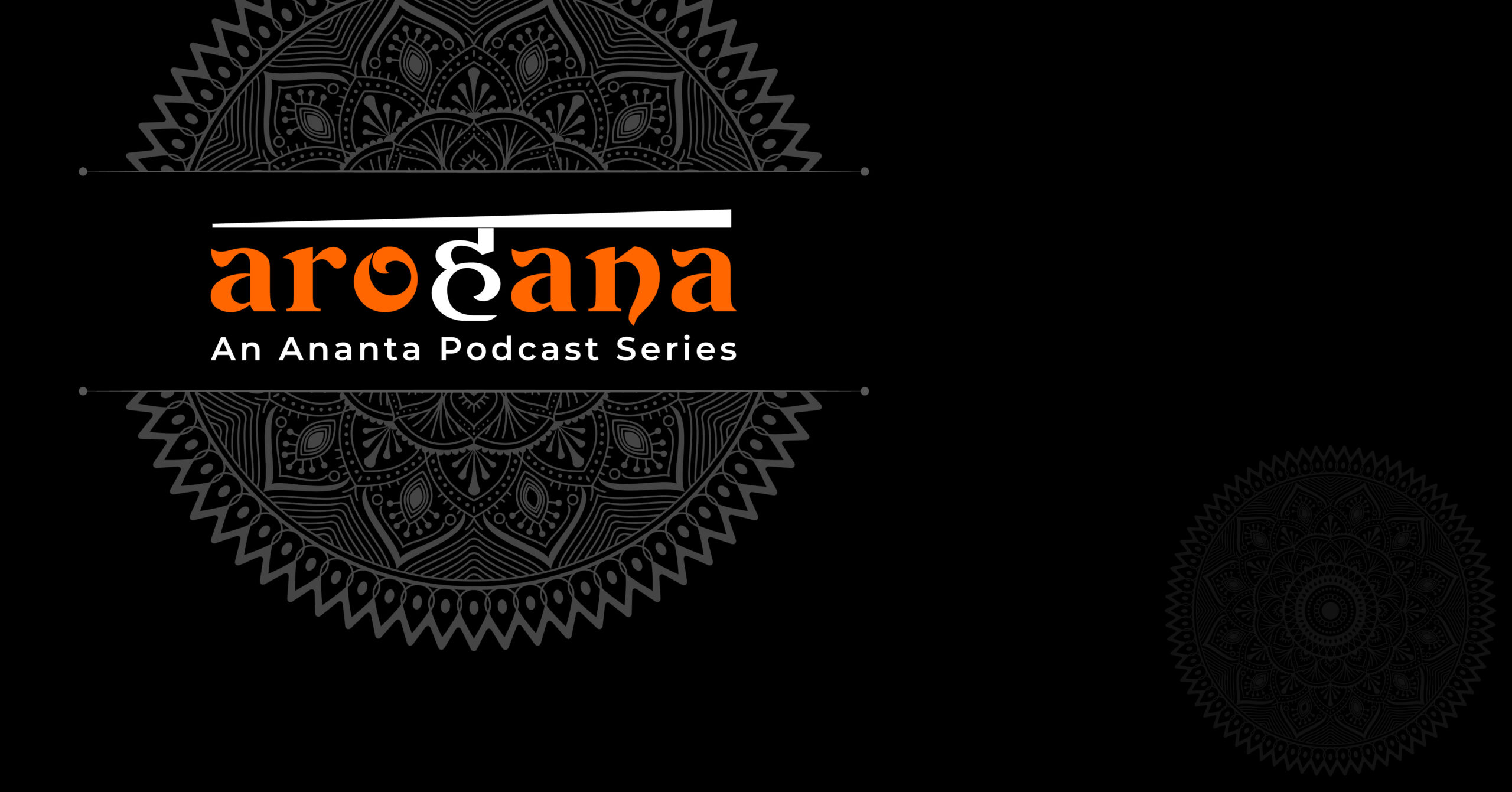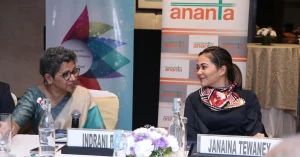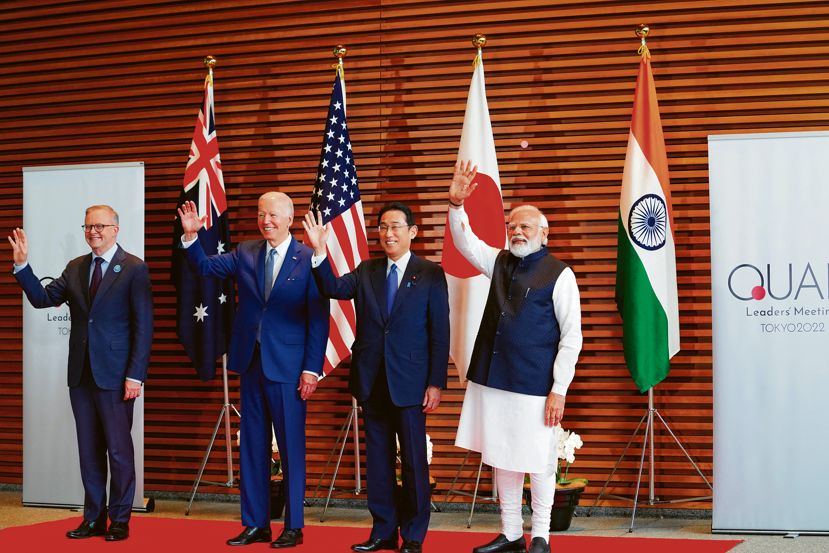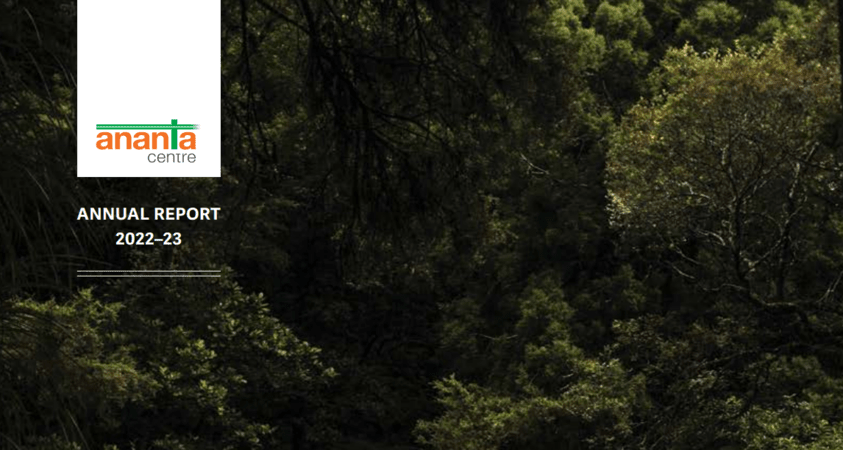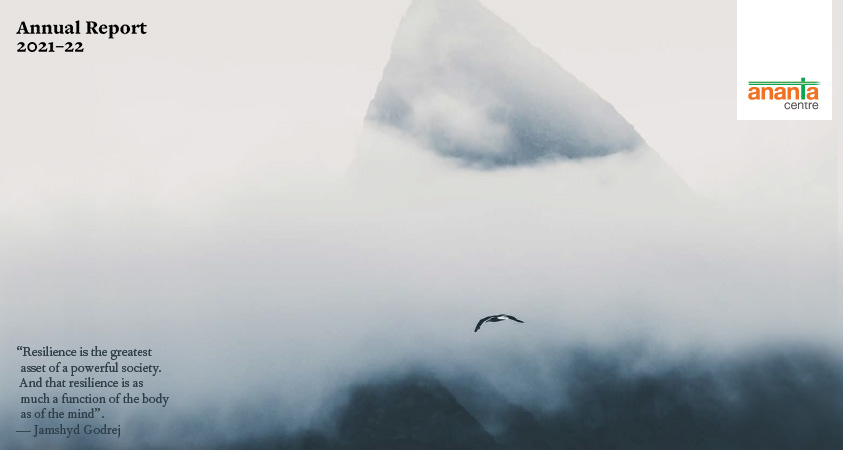HIGHLIGHTS
● Political Developments
● Economic Developments
● Focus India-LAC
Political Developments
On 30 May, President Lula of Brazil convened a summit of 11 South American Presidents – excluding Peru’s President Ms Dina Boluarte, who was “unable to attend due to domestic unrest” and represented by her prime minister. Lula has attempted to gain centre-stage and manage some degree of common ground, if not regional integration, among his Latin American compatriots. Controversy arose over Lula’s embrace and welcome for Venezuelan President Nicolas Maduro. Lula had always maintained a cordial relationship with Maduro’s predecessor and mentor, Hugo Chavez. However, his comment to Maduro about “a narrative constructed against Venezuela of anti-democracy, of authoritarianism….your narrative will be infinitely better than the narrative they have constructed against you,” went too far for the right leaning President of Uruguay and for the centre-left President of Chile, who publicly criticised Lula’s position. Though Brazil, and Lula personally carry considerable weight in the region, times have changed and the internal contradictions, especially over what governments will be accepted as democratic and legitimate regimes, will bear watching. In Lula’s own words at the summit: “We let ideology divide us and interrupt our efforts to integrate. We abandoned our channels of dialogue and our mechanisms of cooperation, and we all lost because of it.”
Another interesting aspect of the meeting was the geography. Brazil has consistently sought to exclude Mexico from the core integrative attempts in the region, to consolidate its regional dominance and avoid excessive engagement with a country whose governments were considered too right-leaning for too long, and/or far too connected with the US. It was Lula’s Brazil which had launched the Union of South American Nations (UNASUR – comprising the 12 south American nations) in 2008, that crumbled under contradictions between right and left leaning regimes after a few years, reducing it to five
participants: Venezuela, Bolivia, Guyana, Suriname and Peru. Argentina and Brazil recently rejoined, as did Colombia at this meeting. The South American forum enables Lula to pursue his geopolitical aims. The Brasilia Consensus reaffirmed common values and agreed to deepen discussions on the creation or reestablishment of a cooperation mechanism involving all the countries of the region.
On 30 June the Superior Electoral Tribunal held by 5 votes to 2 to convict former President Jair Bolsonaro, and disqualify him from seeking election till 2030 (when he will be 75), on charges that he had questioned the reliability of the electronic ballot box system with “false” information during a meeting with about 50 diplomats – mostly Ambassadors – in Brasilia in July 2022, three months before his defeat to Lula da Silva, and even ordered state television to broadcast the event. The Tribunal decreed that this constituted “abuse of political power, prohibited conduct, and informational disorder” as well as “improper use of public property and media”. Bolsonaro will appeal the verdict in the Supreme Court, which has not been favourably disposed towards him, but faces prosecution for allegedly provoking post-election riots in Brasilia, mishandling of the COVID pandemic, which resulted in over 700,000 deaths, and other charges. Soon after the results were finalised, Bolsonaro had left Brazil for the US, and returned months later. Though damaged politically, he cannot be written off, since his party and its right-wing supporters have a majority in the Brazilian Congress – though not the Senate – and controls almost half the municipalities in Brazil. He still commands a considerable personal following. He lost the October 2022 election to President Lula by a narrow margin, securing 49.1 percent of the vote. Brazil is experiencing the same right-left conundrum faced by many other Latin American countries.
On 1 May, Santiago Pena of the Colorado Party won the election to the presidency of Paraguay. With 43 percent of the popular vote, he defeated Efrain Alegre of the opposition Concertacion coalition who scored a distant 28 percent, and a wild card candidate Paraguayo Cubas took 22 percent of the vote. The conservative Colorado Party has been in power in Paraguay for decades. It will continue its hold after winning a majority in the Paraguayan Senate as well as in the Lower House. This will give Peña some latitude to advance a legislative agenda, albeit with no guarantees. The Colorado party also won 14 of 17 state governorships. Paraguay (where India opened an Embassy last year) is a little known country but strategically located in the heart of South America. President Pena will have to work on: Paraguay’s diplomatic relationship with the PRC versus Taiwan (it is one of a few countries that still recognises Taiwan); its posture on corruption and organized crime; and its relationship with the United States. Pena is a respected economist who has been the country’s Finance Minister and has worked at the IMF. He comes however with political baggage in a faction-riven political party, especially since his political godfather and former president Horacio Cartes – one of Paraguay’s richest men – has been targeted by the US for corruption. Though he comes from a conservative party and background, Pena, who takes over in August, has already announced he intends to normalise relations with Venezuela.
The journey towards a new constitution for Chile, which suffered a setback in September 2022, when a plebiscite voted 62 percent against the draft of a new constitution, continues but with a different complexion. A group of 24 constitutional experts was convened in April to provide a new draft within three months. Twelve essential principles provide guidelines for the new draft, carefully tailored to
prevent radical departure from what elected representatives of Chile consider a basic structure, including participation of the private sector in certain aspects of the economy, elimination of the term ‘plurinational’ (though national participation of indigenous tribes is recognised), etc. This draft will be presented to an elected Constitutional Council which will deliberate and draft the final version, which will be put to a vote in December this year. On 7 May, elections to the Council saw the far-right Republican Party, said to be in favour of maintaining the current Chilean Constitution stemming from the Augusto Pinochet military regime, gain 35.48 percent of the votes, or 22 of the 50 seats. Chile Seguro (center-right) got 21.14% (11 seats), thus providing the right with enough strength to sideline the Unity for Chile (President Gabriel Boric’s left-wing alliance) which got 28.45% of the votes (17 seats). This presents a piquant situation, in which those who fought to change the constitution may wind up opposing the draft presented later this year, unless the right-wing majority defers to at least some of the core demands of the left.
On May 17, President Guillermo Lasso of Ecuador dissolved the National Assembly (parliament) days before an impeachment vote against him, sought by a large number of deputies. He used a provision in the 2008 constitution called Muerte Cruzada (Mutual Death) which will enable him to rule by decree on urgent matters till a new Assembly is elected. He will not be a candidate in the next election. The National Electoral Council set 20 August as the date for elections for a new president, vice-president, and 137 assembly members. The country has seen considerable recent turmoil over rising violence and homicide rates with increasingly powerful narco-trafficking groups fighting for territory,
compounded by a polarised polity. The narco-menace was heightened after the 2016 agreement between the Colombian government and the FARC rebels demobilised the guerrillas in that country, but left criminal bands who filled the gap in the transit trade of Colombian cocaine – which continues to flow – along with Mexican and Albanian organised crime bands. With the dollar as the official currency and the US Drug Enforcement Administration expelled from the country over a decade ago, Ecuador’s narco economy seems to be booming. 30,000 Ecuadorians sought to migrate to the US in 2022. Supporters of former President Rafael Correa, a leftist who ruled with a strong hand but eventually went into exile in Europe when prosecuted for corruption, are determined to regain ground lost to centrist and right-wing forces. Lasso, a former banker, is accused of mismanaging public companies and of links to cocaine trafficking. President since May 2021, Lasso, whose move was supported by the armed forces, has a very narrow political base and his Vice President, Alfredo Borrero has been almost invisible in office. Ecuador is a country that has swung between the hard left, led by Cuba, Venezuela, Bolivia, etc. and the right in Latin America, whose fortunes have been mirrored by electoral success or failure. Current global vicissitudes have led to considerable public dissatisfaction and very low levels of tolerance for any hint of corruption or mismanagement, a situation which the Correistas seek to exploit.
A recent study by analysts Carlos Malamud, Rogelio Núñez Castellano, and Gerardo Munck has shown that in Latin American presidential elections, more than choosing the left or right, voters want change. Of 32 elections between 2015 and 2022, only 7 were won by incumbents, giving opposition candidates a success rate of 76 percent. The right held its own, despite talk of pink tides and left winds. This reveals agnostic ideological tendencies in the region, and may help understand why governments have not succeeded in achieving better regional cohesion and institutional stability.
Economic Developments
Argentina, Bolivia, and Chile hold more than half of the world’s reserves of lithium, a critical mineral used in electric vehicle batteries, but supply only thirty-one percent of the world’s output. With the merger between US and Australian lithium producers Livent and Allkem, the third largest producer of lithium will have to contend with more active governments and changing rules in the sector: Chile has raised taxes and royalties and President Gabriel Boric will force public-private partnerships for lithium mining; Mexico has nationalized lithium mining and extraction, and Bolivian President Luis Arce favors, along with other regional leaders, forming an OPEC-style lithium cartel.
A new model linking debt forgiveness with climate action has been gathering traction in LAC. Ecuador, which resumed oil exploration in the sensitive Amazon basin a decade ago after its proposal to suspend this did not attract sufficient funding, has swapped a record-setting $1.6 billion worth of bonds to fund conservation in the Galápagos Islands. Belize and Barbados made swaps with Credit Suisse in 2021 and 2022. In May, Colombia’s President Gustavo Petro met with U.S. President Joe Biden, the green transition was high on the mutual agenda, including the possibility of forgiving Colombian public debt in exchange for climate action.
Focus India-LAC
While news of Indigo airlines ordering 500 Airbus aircraft has made headlines, after the Air India orders on Boeing and Airbus, Latin America is also making progress in Indian aviation. Brazil aerospace manufacturer Embraer has for two decades been doing business with India, first with the Indian defence establishment, to which it supplied 3 Embraer aircraft (ERJ-145), which were fitted with AWACS and in service with the Indian air force since 2017. Embraer and representatives of the Indian Air Force (IAF) have started talks over the C-390 Millennium airlifter, a heavy transport aircraft. Embraer has also been in the civil aviation market, supplying mid-scale jet aircraft, with narrow-bodied planes (E175) and wider aircraft (E190-E2). Indian airlines like Indigo have used these aircraft, which are now being purchased by regional Indian airlines like StarAir and the newly formed Jettwings. Embraer is also negotiating a joint venture (51-49%) with the government in the manufacture of a passenger plane with up to 100 seats in the state of Gujarat.
Meanwhile on 21 June, at the Paris Air Show, India’s Hindustan Aeronautics (HAL) signed an MOU with Fabrica Argentina de Aviones, its counterpart in Argentina. HAL is negotiating sale of its light combat aircraft (LCA Mk-1A) in Latin America: Argentina has expressed interest in 15 aircraft. It is also considering China’s JF-17 fighter. The MOU expresses intent for setting up Maintenance, Repair and Overhaul (MRO) facilities in Argentina to service future HAL sales, and conform to Argentine rules to invest a portion of the sales proceeds in that nation. If it succeeds, HAL will have to step up its manufacturing and delivery capabilities. Its earlier sale of 5 Dhruv light helicopters to Ecuador in 2008 ended in a fiasco after 4 helicopters crashed on different occasions. Despite political support for the
purchase, poor MRO support and indifference of the Ecuador air force put the brakes on HAL’s ingress in the region.



